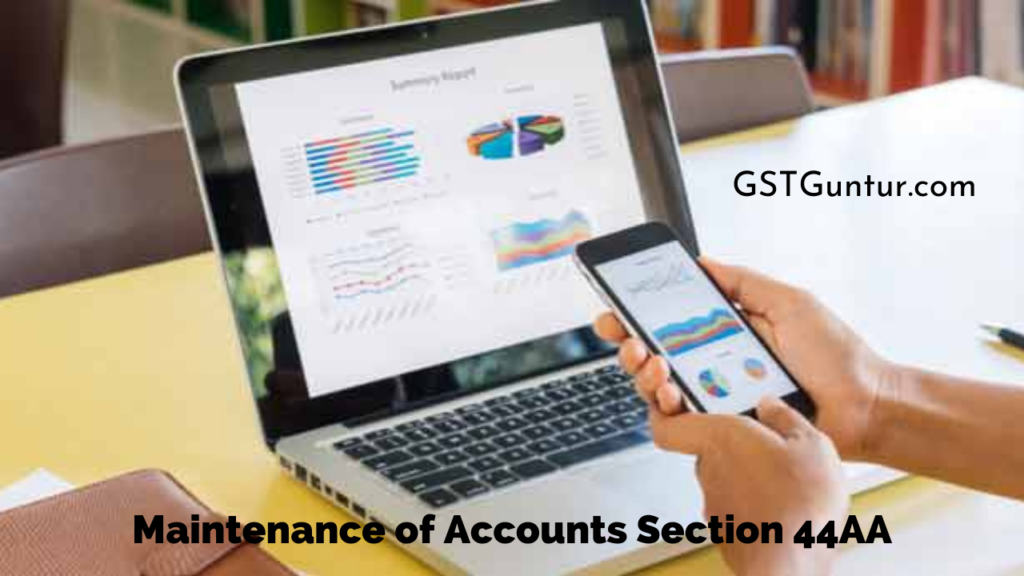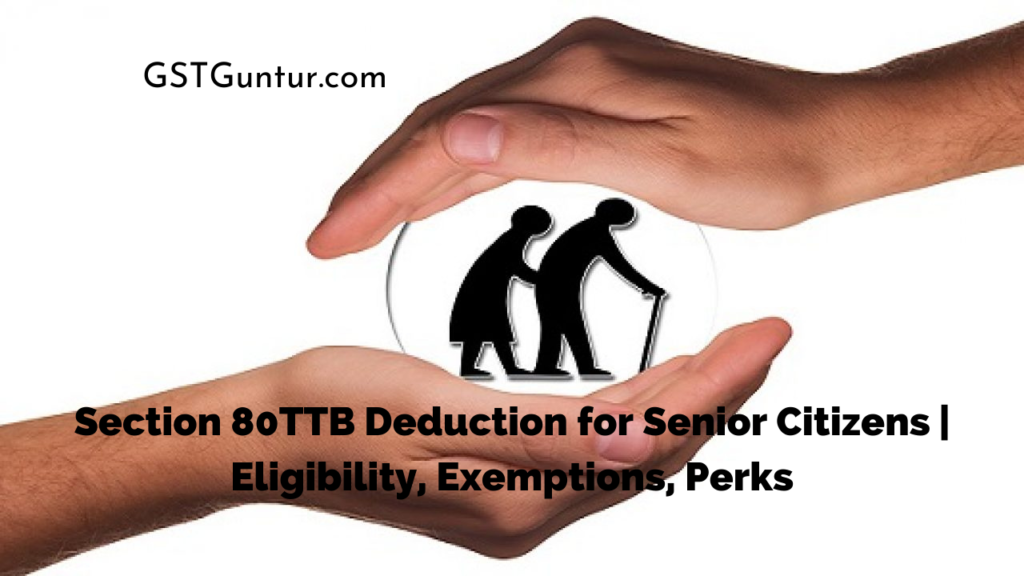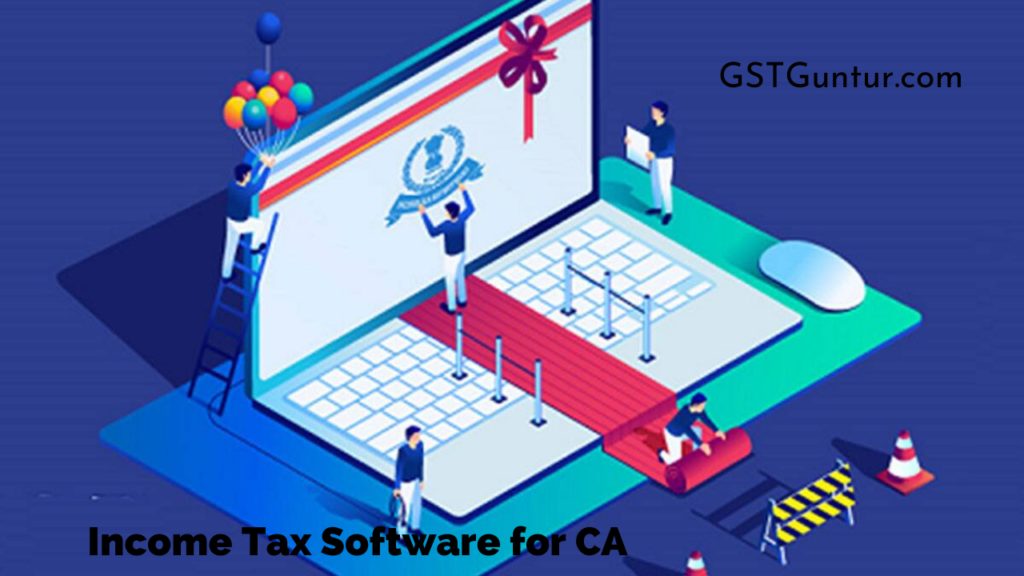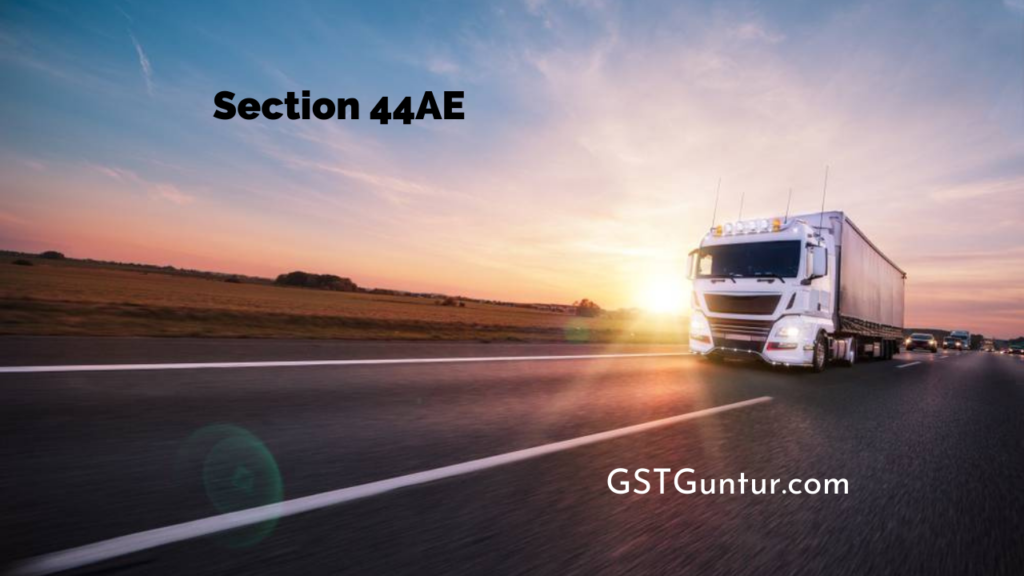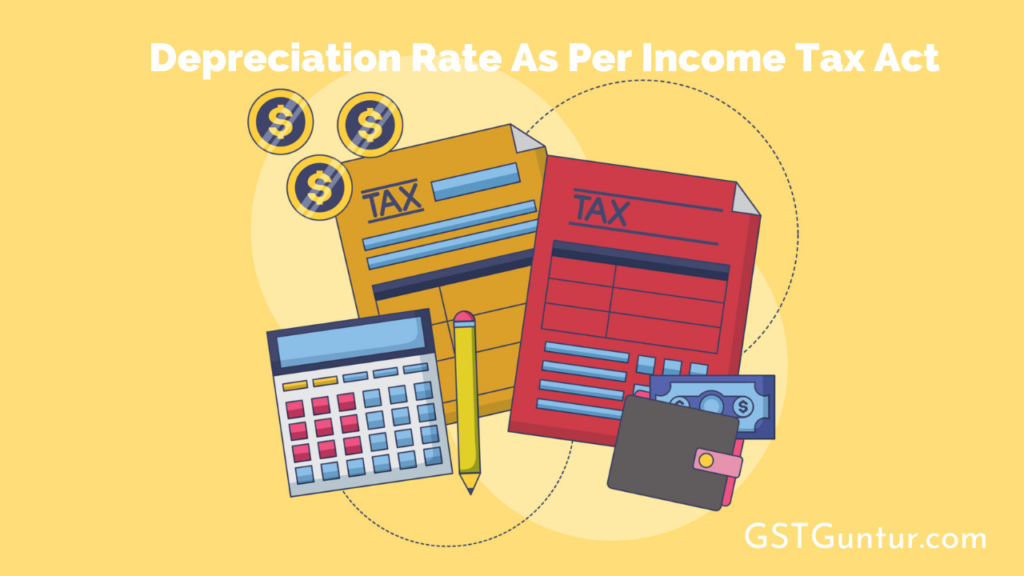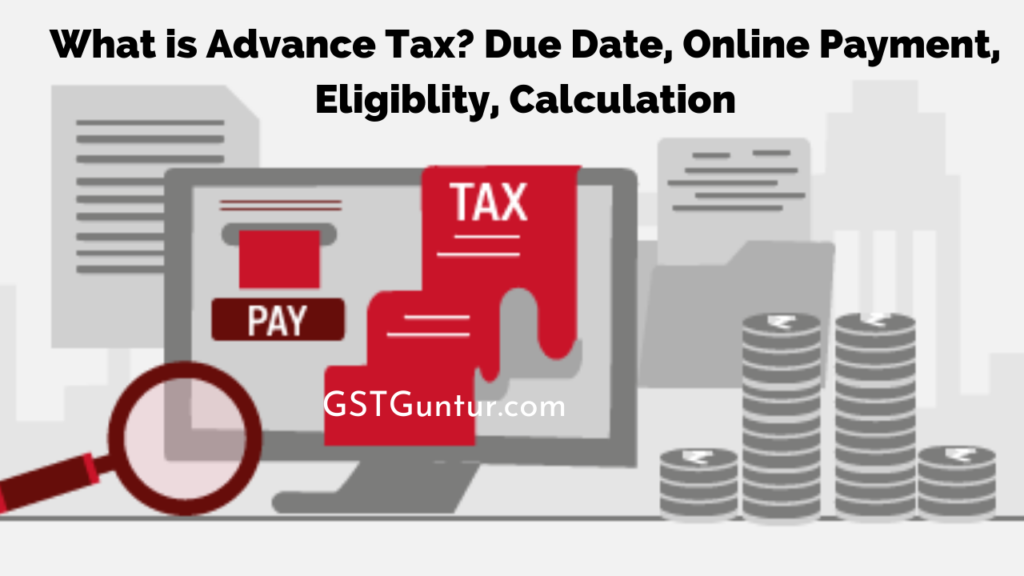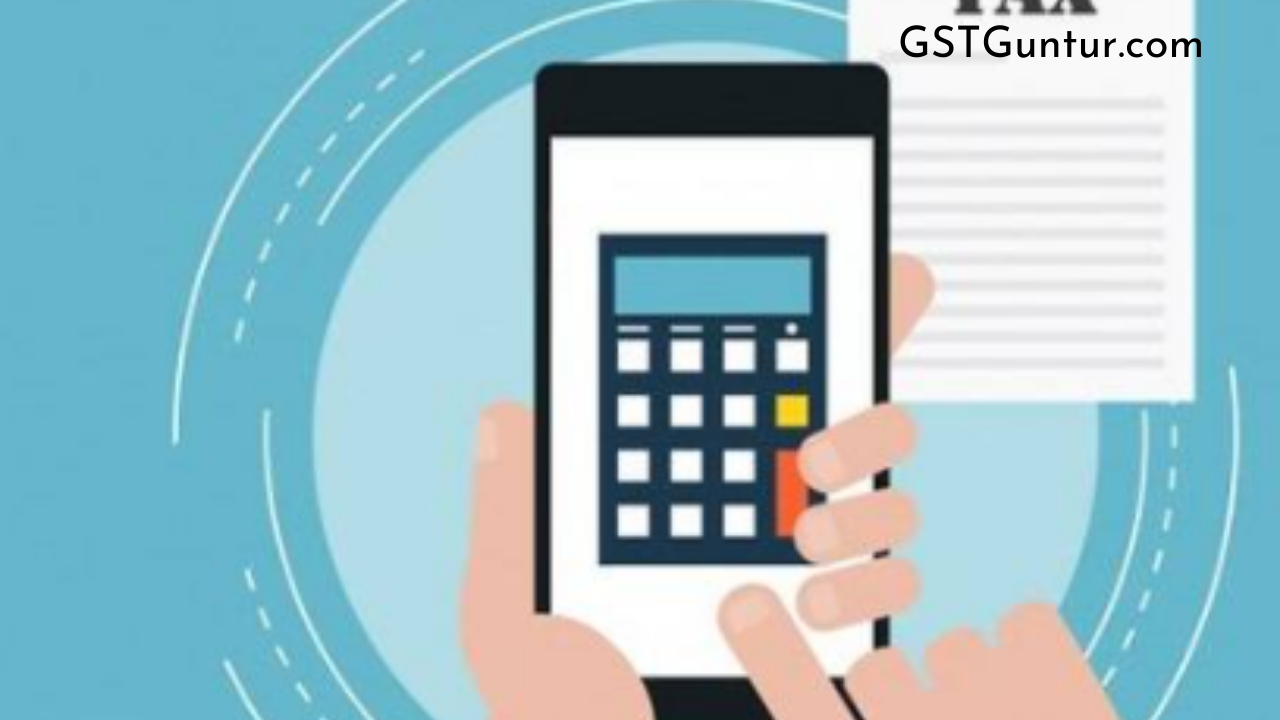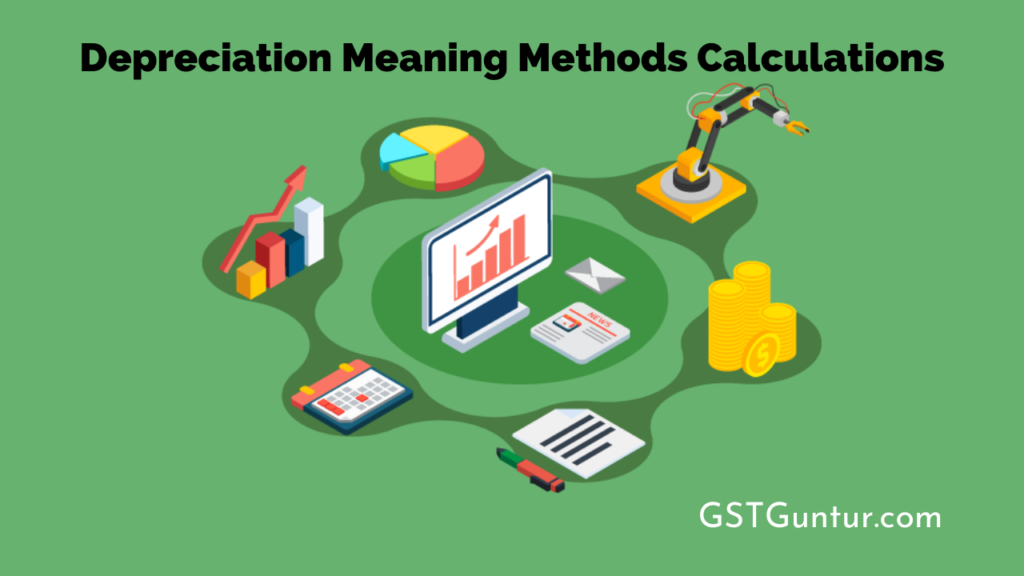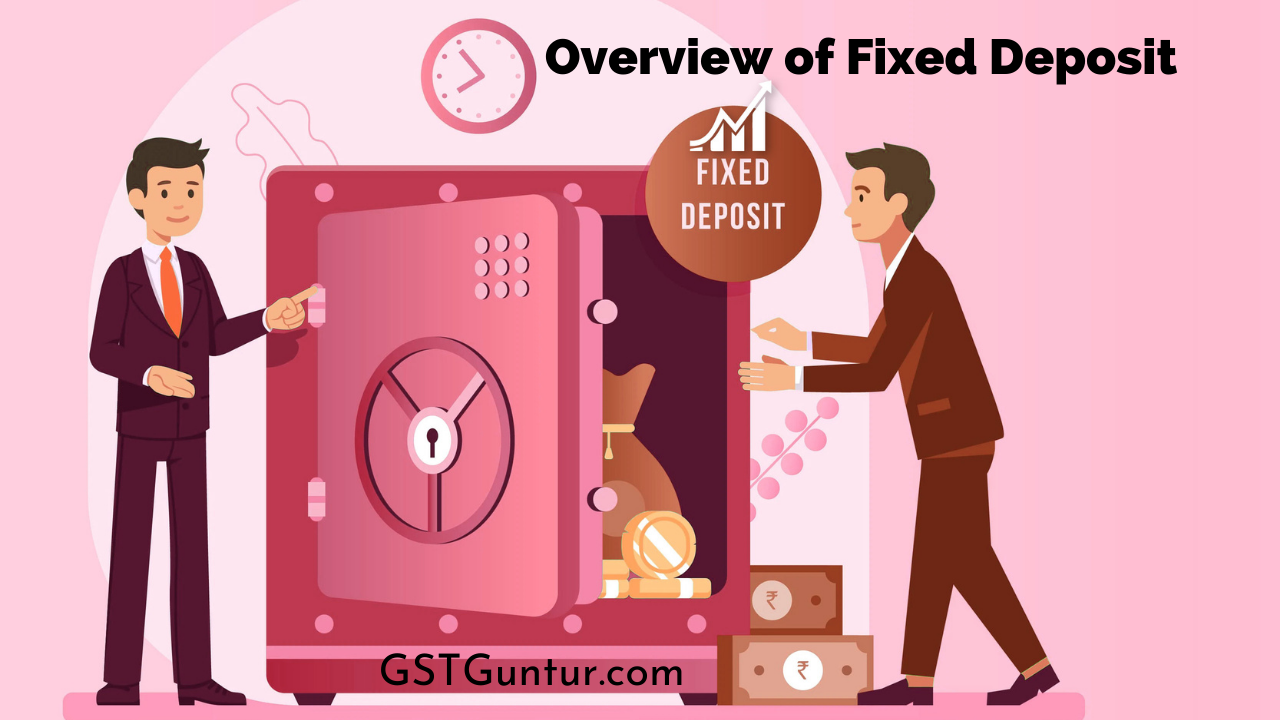Income Tax Interest Penalty for Late Filing | Sections 234A, 234B, 234C
Interest Penalty Under Sections 234A, 234B, 234C: Paying Income Tax is a must for all individuals who are qualified to pay the tax. Any individual failing to pay income tax online is liable to pay the penalty or fine. Thus it is important for all individuals to pay income tax within the time frame specified by the officials.
However, many of the individuals might end up not paying the income tax on time due to some or other reason. And if any individual comes across this situation, then he/she will have to pay an interest penalty. This interest penalty is calculated namely under 3 sections namely 234A, 234B, and 234C. Income Tax sections 234A, 234B, and 234C vary from to another and we have explained each section in detail on this page. Read on to know what is the Income Tax Penalty Interest For Late Filing is calculated under Sections 234A, 234B, 234C.
- How Much Is Interest And Penalties On Taxes?
- Section 234A of Income Tax Act For AY 2020-21
- Section 234A Calculation of Interest Penalty
- How is 234A calculated?
- Section 234B of Income Tax Act for AY 2020-21
- Section 234B Calculation of Interest Penalty
- How is 234B Interest Calculated?
- Section 234C of Income Tax Act for AY 2020-21
- Section 234C Calculation of Interest Penalty
- Section 234C Calculation for Non-Corporate Taxpayer
- Section 234C Calculation for Corporate Taxpayer
- FAQ’s on Sections 234A, 234B, 234C
How Much Is Interest And Penalties On Taxes?
The interest and penalties on taxes are calculated under sections 234A, 234B, 234C. Each section varies from one to another. So before calculating the interest or penalty of income tax, one will have to check the section under which they are falling for. The details of each section are given below:
- Section 234A – For delay in filing the income tax
- Section 234B – For incomplete payment of tax
- Section 234C – For delay in periodic payment of tax
Free 234A 234B 234C Interest Calculator
Section 234A of Income Tax Act For AY 2020-21
Any individual who files the income tax after the timeline specified by the officials will have to pay the income tax interest penalties as per section 234A. Basically, the income tax should be paid by the individual before the end of a financial year. Thus it is important for individuals to pay the outstanding tax and file the Income Tax Returns on or before the specified time frame.
However, if an individual misses the timeline specified by the officials, then he/she is imposed with a simple interest charge of 1% per month for the outstanding tax amount. This simple interest is calculated from the due date of filing IT returns till the date of the return is filed.
Note: The interest under Section 234a is calculated on the basis of simple interest only.
Section 234A Calculation of Interest Penalty
Let’s understand how income tax penalties and interest are calculated under Section 234A with an example.
How is 234A Calculated?
Assuming, Mr.Kumar is an individual who has to pay the outstanding tax amount of 3 Lakhs. The due to file his tax return was on 31st July. But Mr.Kumar missed to file the ITR on 31st July and now he is filing the ITR on 15th January. Here Kumar is late by 6 months to pay the income tax. Now the penalty for Kumar is calculated as follows:
Interest = 300,000 x 1% x 6 = Rs. 18,000
As per the calculation, now Mr.Kumar will have to pay Rs.18,000 extra as a penalty or interest above the income tax amount.
Section 234B of Income Tax Act for AY 2020-21
If any individual is liable to pay a tax of Rs. 10,000 or more in a particular financial year, then the advance tax is applicable. Here the term “advance tax” refers to paying your tax debts in advance of the income tax department’s deadlines (usually quarterly). Failing to pay advance tax on time will subject to interest or penalty under section 234B if you do not pay advance tax.
These Advance taxes are tax liabilities that are incurred at a certain time interval and are administered by the Income Tax Department. Advance tax is payable by businessmen, self-employed professionals, and salaried workers when the tax payable exceeds Rs 10,000.
Basically, here the individual should have paid at least 90% of the total tax payment before the financial year ends. Any individual failing to pay the tax whose amount is more than 10% of the liability, then 1% of simple interest or penalty is charged by the officials under the Income-tax act section 234B.
However, any individual who liable to pay tax can opt under computing business income whose turnover expected to be 8 percent can be exempted from paying the advance income tax. Also, senior citizens or 60 years+ who don’t have income will also be exempted under this section.
Section 234B Calculation of Interest Penalty
Let’s understand how income tax penalties and interest are calculated under Section 234B with an example.
How is 234B Interest Calculated?
Pavan was supposed to pay a total tax of 2 Lakhs for the current financial year. TDS equal to the income tax of Rs.1,82,650 was deducted from Pavan’s income regularly. In the month of March, Pavan paid Rs.8000 and the remaining balance amount of Rs. 9,350 was paid in the month of June. Now the penalty or interest on income is calculated under section 234B is given below:
Assessed Tax = Total Tax – TDS
= Rs 2,00,000 – Rs 1,82,650
= 17,350
90% of 17,350 = 15,615
Out of 15,615, Pavan has already paid 8000
Now the interest penalty is calculated as:
Rs. 15,600 x 1% x 3 months
= 468
Now, Pavan is liable to pay Rs.468 as a penalty under section 234B on the interest of the assessed tax.
Note: Here we have considered Rs.15,615 as 15,600 since calculations are considered as round figures.
Section 234C of Income Tax Act for AY 2020-21
As discussed above any individual will have to pay income tax on time before the financial year ends. Failing to pay income tax on time will cost penalty interest of the assessed tax. The important dates within which the advance tax can be paid for the particular financial year are tabulated below:
| Category | Income Tax Due Date |
| Corporate taxpayer – 15% of advance tax | Before 15th June |
| Corporate (45% of advance tax) and Noncorporate taxpayer (30%) | Before 15th September |
| Corporate (60% of advance tax) and Noncorporate taxpayer (75%) | Before 15th December |
| Corporate and Noncorporate taxpayer – 100% tax advance | Before 15th March |
Section 234C Calculation of Interest Penalty
Simple interest of 1% per month is imposed who fail to pay the tax on time till the date of actual payment. After the tax deductions under Sections 90, 91, and 115JD, the amount to be paid is determined. Under Section 234C, the interest penalty is determined as follows:
How do you calculate 234C?
The calculation of 234C for Corporate and Non-Corporate are explained in detail below:
Section 234C Calculation for Non-Corporate Taxpayer
- For advance tax less than 30% of the amount payable on or before 15th September, a 1% interest rate per month for a period of three months is calculated.
- If the amount of advance tax paid on or before December 15 is less than 60% of the taxable amount, interest of 1% per month will be charged for the next three months.
- A basic interest rate of 1% per month is calculated for amounts less than 100% of the advance tax paid on or before March 15.
Section 234C Calculation for Corporate Taxpayer
- If 15% of the sum is deposited on or before 12th June and the advance tax is less than 12%, an interest rate of 1% per month for three months will be levied.
- If 45 percent of the tax is deposited on or before September 15 and the advance tax is less than 36 percent, a penalty of one percent of the interest per month is levied for three months.
- When a tax of 75% is paid before December 15 and the payable amount is less than 75%, a simple interest rate of 1% per month is calculated for a period of three months.
- A simple interest of 1% is levied when the amount of advance tax to be paid is less than 100% of the amount already paid as tax.
FAQ’s on Sections 234A, 234B, 234C
The frequently asked questions on interest penalty on Income Tax are given below:
Q. Where do I find the advance tax penalty calculator?
A. The officials of Income Tax India have come up with a free advance tax penalty calculator service on their official website. Any individual will be able to calculate their advance tax with the help of the official calculator. To access the advance tax penalty calculator, Click Here.
Q. What if the advance tax due date is Sunday?
A. If you find the due date is Sunday or a government holiday, then he/she can deposit the tax on the next working day.
Q. What is 234a 234B 234C interest?
A. 234A, 234B 234C are the sections of the Income Tax Act, which is applicable for any individual who fails to pay the tax on time. Each section varies from one to another and a detailed explanation about each tax can be found on this page.
Now that you are provided with all the necessary information on calculating interest 234a, 234B, 234C with an example. We advise you to pay all the advance tax on time to avoid penalties. If you have any questions about income tax interest penalties, ping us through the comment box below and we will get back to you as soon as possible.

